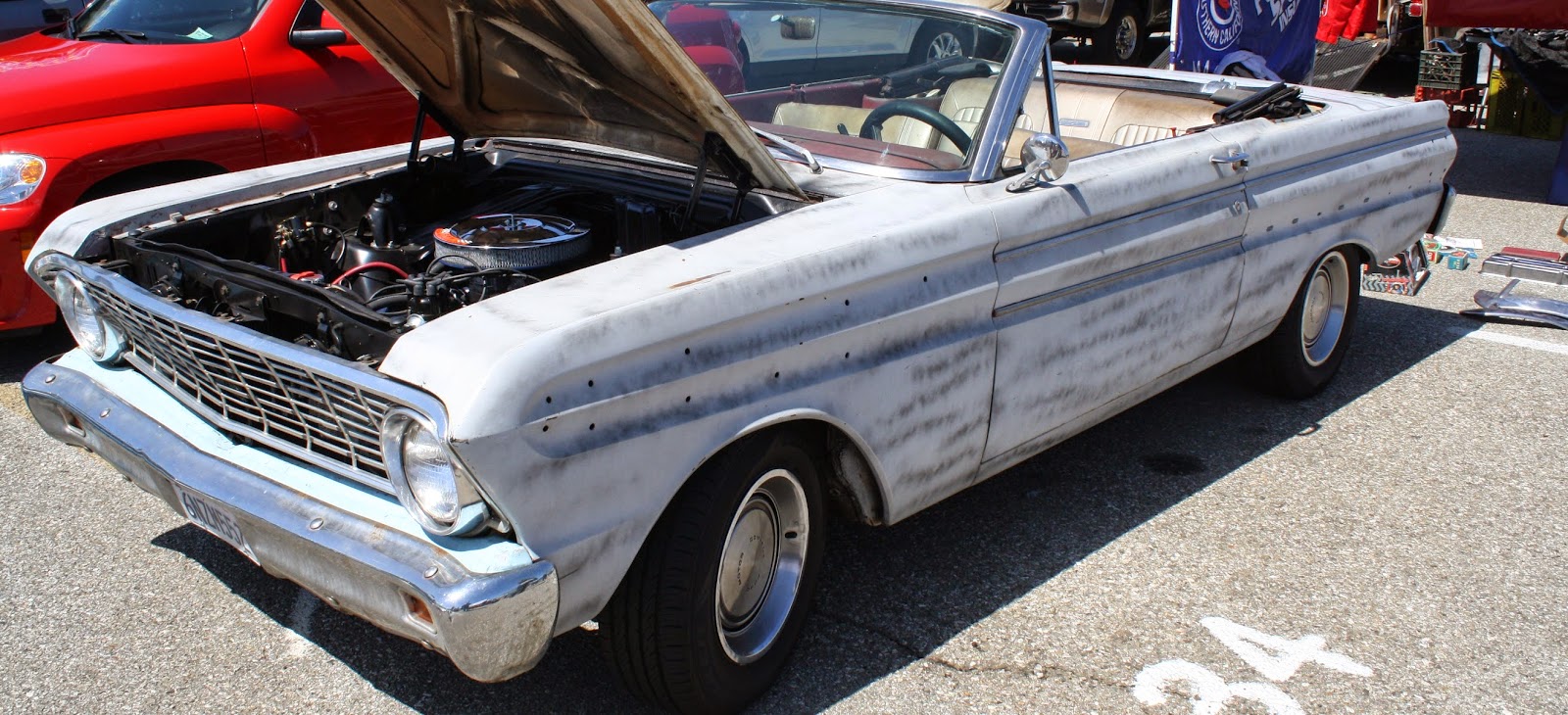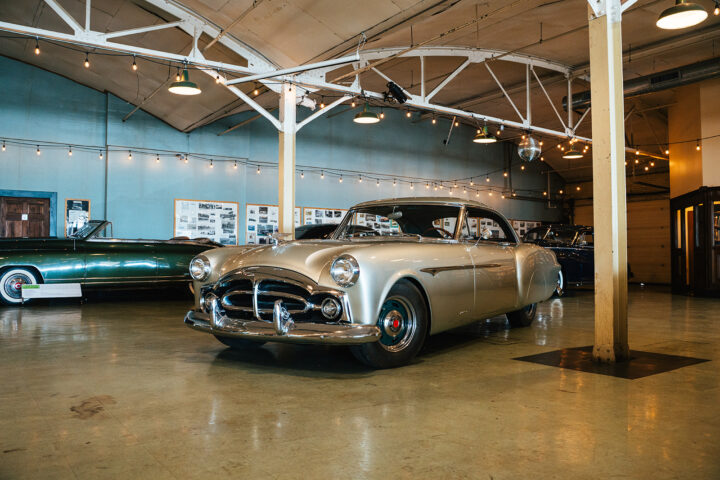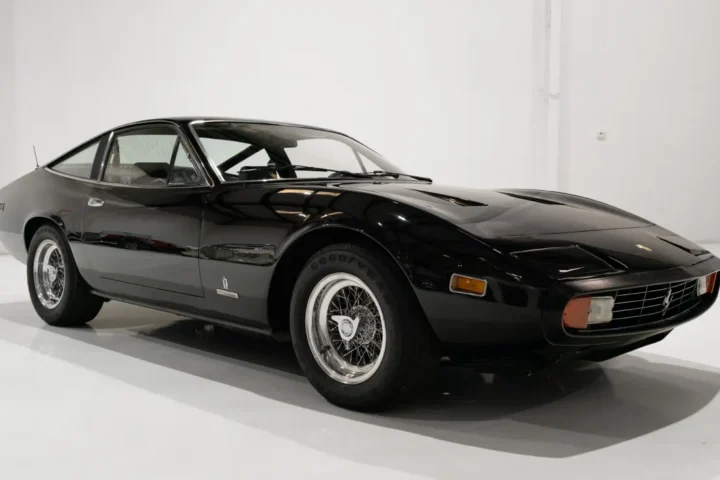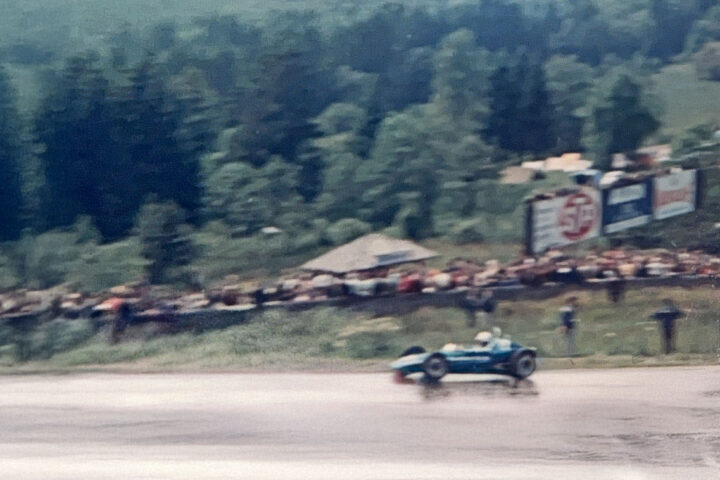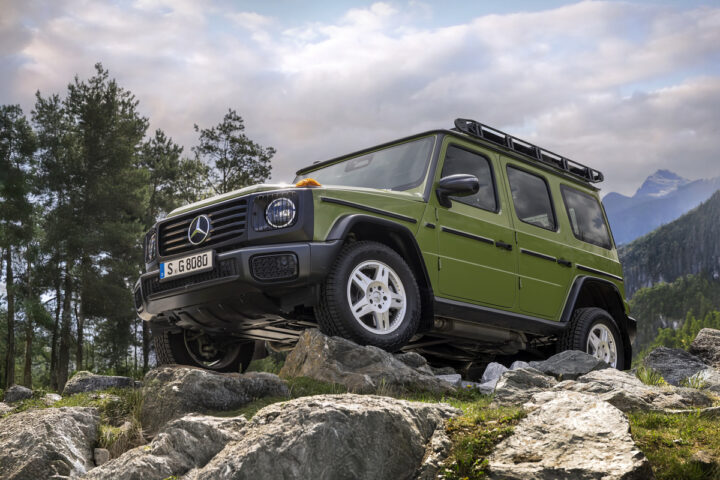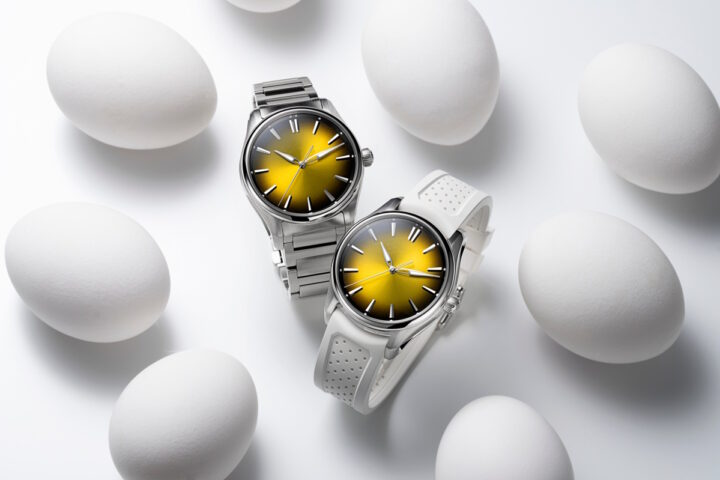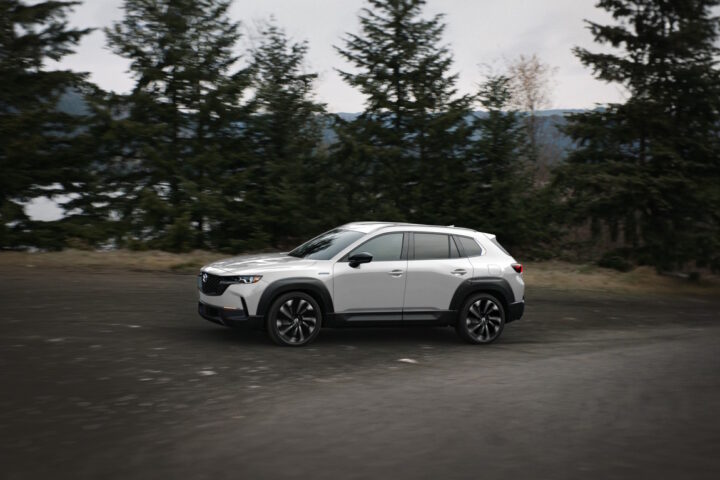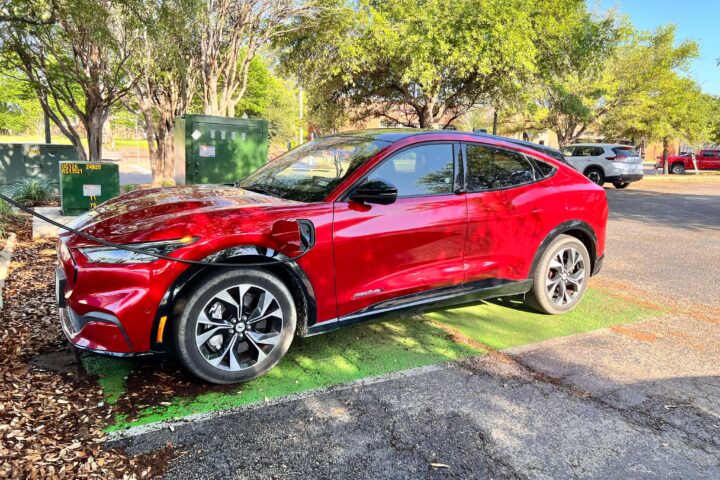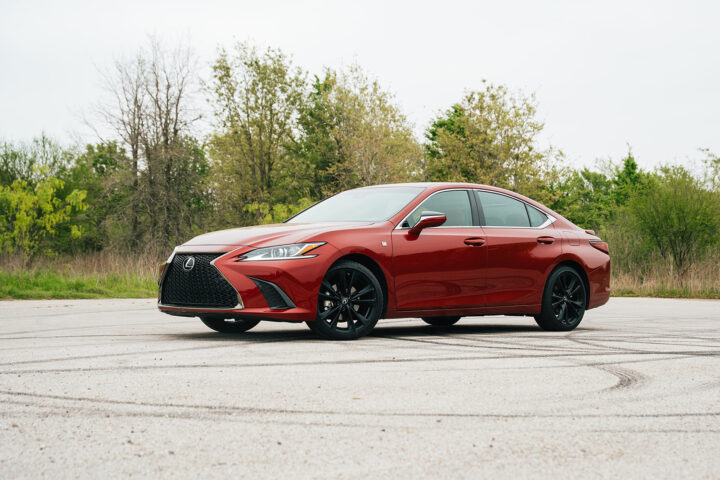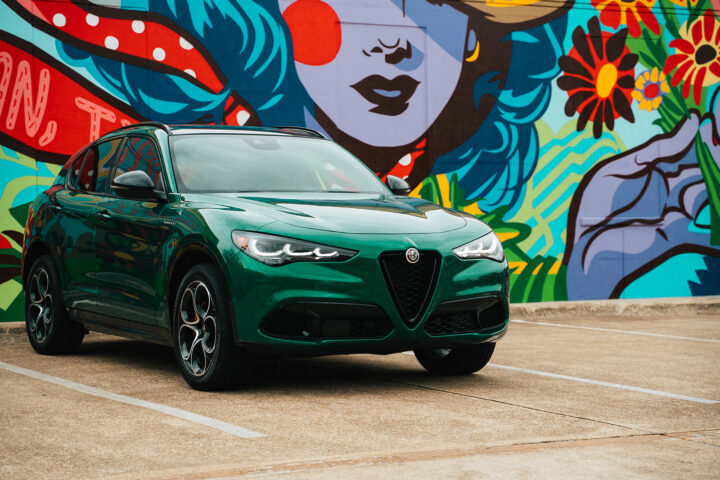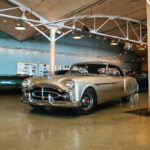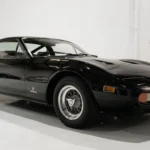The first thing you have to do before all else is deciding what kind of car you want to restore. This is a budget guide for finding and restoring a classic car, so if you are hoping for info on how to find a Shelby GT350 for $1,200 this story is not for you. If you are looking for the best way to find, buy and enjoy a vintage car without spending a ton…some of my tips might come in handy. I have personally had over 60 rare and classic autos and almost all of them were purchased for less than $1,500.
Picking The Car:
Finding that perfect car starts long before you hit the car shows, junkyards and newspaper clippings. Most people already have a firm idea of what kind of car they want, the car their father had, the car they had in high school, or more commonly the car that they wanted in high school. However, someone who is more flexible in the car they are looking for will often find the best deal. You might want a 65 Mustang but if you can live with a nice two door Falcon you will have more options to choose from.
A new trend that has been gaining a lot of steam is the 1975-1985 restoration market, Fox Body Mustangs, Third Generation Camaro, and the forgotten Corvettes are starting to become hot collector cars, mainly because of the lower initial cost of ownership as opposed to the traditional “classic” cars and the fact that events like Radwood have helped remind us that there were some cool cars in the ’80s. A clean six-cylinder 1966 Ford Mustang coupe could run you as high as $10,000 for a daily driver, while a 1985 5.0 GT could cost you $1,500 and you have modern features like AC and Power Windows.
Some of my top picks for project or restoration vehicles include:
• 1965-1973 Ford Mustang
• 1979-1986 Ford Mustang
• 1967-1984 Fiat 124 Spyder
• 1974-1984 Fiat X1/9
• 1958-1975 Mini Cooper
• 1962-1974 MG Midget/Austin Healey Sprite
• 1967-1974 MG MGB/MGB-GT
• 1967-1978 Ford F-Series Truck
• 1964-1966 Ford Falcon/Falcon Ranchero
• 1967-1978 Chevy Camaro/Pontiac Firebird
• 1960-1975 Chevy Truck
• 1950-1978 VW Beetle
• 1955-1974 VW Karman Gahi
• 1969-1978 Datsun Z
This list is based on a few things, the initial cost of the vehicle, running cost, and most importantly the availability and the cost of restoration parts. Now there are thousands of other vehicles that can be had for very little money, however, the cost and availability of parts may prove to be more frustrating then it is worth. A Mazda RX3 might be cool, but spending every weekend at the junkyard or searching club sites to find needed parts gets old really fast. I learned this firsthand when I undertook the restoration of a Moretti 124, one of only 10 made.
The problem with the Moretti was not the cost of parts, but the lack of parts available even when I searched for parts in Europe it was difficult to find some of the basic parts. You will save yourself many headaches if you start with a more common vehicle and make it unique than starting off with a unique vehicle that can’t ever leave the garage for lack of parts, something to think about when buying a car.
Some other very important facts to consider when looking for the perfect classic car are:
- “Do I have the skills to take on a project car or is a restored car a better choice?”
- “Do I have the tools to safely and properly work on this vehicle?”
- “Do I have the time to work on a project car?”
- “Do I have the space to work on a project car?”
Do I have the skills to take on a project car or is a restored car a better choice?”
A project car sounds like a lot of fun, and believe me they are, but if you have never had a project before you should really consider a car that is already restored or one that needs minor work. You may consider taking a class or buying books or videos on how to restore a classic car, and there are resources in the back of this book to help you. A restored car may be a better choice for the first time classic car owner, and they can also be a great value. Below is a chart showing the cost of restoring a vehicle yourself as opposed to buying an already restored classic.
Do I have the tools to safely and properly work on this vehicle?
Without the right tools, you will find yourself frustrated and sometimes people will take shortcuts that can end up costing them in the end. A basic set of tools and a jack are going to be far from what you will need if you are planning to do a full restoration. Air Compressors and pneumatic tools, heavy-duty jack stands, spring compressors, pulley removers, sanders, power washers and much more are required for even the most simple restoration job. Now you may not have to purchase all of the tools required many major automotive stores do have “loner” tools or you can rent tools at many rental yards. Always use the right tool for the right job; it is the only safe and proper way to work on any vehicle.
Do I have the time to work on a project car?
Most people nowadays have a full-time job, family, other social and personal responsibilities, and while a project car may sound like a lot of fun, you are looking at investing hundreds of hours on your project. Depending on how much of the project you plan on doing yourself and how much work is required a project car can take as little as a few months to as much as five years. This again is where buying a restored or mostly restored vehicle can be a good thing.
Do I have the space to work on a project car?
Not something most people think about, but when it is 100+ degrees outside and you’re installing a new dash pad in your classic car you understand why having a garage to work on your project is very important. I know many people that have had to go back and redo parts of their car because of weather damage, sun damage, pet damage etc… Having a covered and clean place to work will save you a lot of time as well as make working on your car much more pleasurable. Also, make sure you have the space to work on YOUR CAR if you have a small carport, your 1972 Caddy may squeeze in, but it will not leave you with a lot of room to work on it.
Project cars generally have the lowest initial cost, but end up usually costing more. This is a fact, project cars always throw a curveball at you. When buying a project, unrestored originals are what I prefer to buy, you have fewer surprises that way. You know what the car came with from the factory and that the last owner has not started “restoring it.” Now some of the best values can be found in basket cases that the owner started working on, but you will have countless missing parts, hardware, wiring issues, and many times poor workmanship.
A 1967 Ford Mustang that I purchased is a perfect example, new paint, new interior, but the motor was pulled and it needed to be put back together. For $1,000, it was a great deal. The problem was that when the last owner had removed the engine, dash, console, tail lamps, etc… Instead of unplugging the wiring and saving it, he had simply cut each loom next to the connectors. Rewiring the whole car was the only answer for a reliable wiring system, and an under dash wiring loom alone can run you upwards of $500 alone. This is where knowing what to look for and learning from my mistakes can help you. There is always a reason why the owner is selling a project car, their spouse just wants the car out of the garage/driveway/backyard, they are moving, lost interest or funds, or the sometimes hidden reason that can cost a ton of money to fix.
Restored Cars:
Something to always remember “restored” is a term that many people will throw around when they are talking about the classic car that they are selling. To some, a restoration is using all NOS parts and making sure everything is factory correct down to the decals. But to others, a $299 paint job over all the rust and body filler with $20 seat covers is “restored.” Unfortunately, you will find that the second description is more common when you are looking at “restored” cars on Craigslist. Many owners of these cars are overly proud of them and will say things like “well one just sold at auction for $85,000”. They are forgetting the fact that it was a show winning car one of only three that were special ordered etc…It is pointless to haggle or argue just say thank you and keep looking. Now you may get lucky as I have in the past and find a restored car that is a great value, but as they say, if it sounds too good to be true, it probably is.
Now a properly maintained car for a daily driver may cost $7000-$15000 depending on what model and trim level you are looking at. For most people that is more cash then they have to spend and this is why they opt for a project car. However, if you look again at the cost of restoring a car compared to the cost of buying a nice daily driver the long term saving is quite significant in many cases.
Finding Your Car:
There are several places we all know to look for a used car. The local newspaper, perhaps a local Auto-trader type publication; however, many times these vehicles are not only overpriced but also overrated. I have yet to buy one car from the newspaper or Auto-trader. But you should always check to see if there is something worth looking at. The internet has given us many new avenues to find the car or truck we are looking for, eBay, Craigslist, Bring-A-Trailer, etc..; the internet has not only given us more access to more cars than ever before, but it has also given criminals and car thieves a new place to work. So always be careful when buying cars online or heading over to someone’s home or business to meet.
The Local Ads:
Your local automotive advertising paper will always have a few cars in the “classics” section; however, most of these cars are going to be overpriced and many time offered by dealers or professional restorers. Some good values are to be had, but they are rare. The best way to use the newspaper is to run wanted ads. I have found some of the best deals ever by having people call me to “haul away” their old car. I am always surprised to see what I find when I run a wanted ad. Some of the cars I have found via wanted ads include a 1965 Ford Mustang Fastback with 77,000 original miles, stored in a warehouse, and a 1962 Thomas Denner Sprite SCCA race car, both were purchased for less than $1,100 each. Therefore, the deals are still out there! I have even picked up vehicles free this way including a 1972 Mustang Sportsroof with a 351 V8 that was running and driving.
The Internet:
eBay has become one of the largest places to buy and sell collector cars and parts, it is also a major pain in the butt in my opinion. I have bought and sold many cars and parts via eBay and I have found most of the experiences to be good. One drawback to eBay is if you find your dream car with just a few minutes left to bid, you could end up owning a car that is not what you expected. I always ask the seller a number of questions and try to get as many photos as I can, if the car is close by I like to look at it in person when I can. If you don’t win the bid, send the seller an e-mail telling them that if the deal falls through to send you a 2nd chance offer. Many eBay buyers are flakes, so it is not uncommon to see the same car listed repeatedly. When I sold a Maserati on eBay, it went through the auction process three times, each time the winning bidder did not show up to pay for and pick up the car, one guy said “I did not think I would really win it” when I pressed him on why he would not pay. So I sent a 2nd chance offer to the next highest bidder, he picked it up within 24 hours.
Craigslist is a great place to hunt for deals if you have the cash and the time to act quickly, also search in surrounding areas for cars. I also run wanted ads on Craigslist, also remember you are dealing with people on Craigslist so always search for common and even not so common misspellings. When you run a wanted ad on Craigslist don’t be specific about what you want. If you are looking for an MGB GT, run an ad looking for an old British sports car for a project. Many times people don’t know what the cars are in detail, the just know their son left some old British sports car in the back yard.
Leg Work:
Driving around town can net dozens of project cars sitting in the driveways and side yards of older housing tracks and areas that are more rural. I have found great deals many times by just knocking at the door and asking if the owner was interested in selling the old car in the driveway or garage. Many people right away will say no, but be sure to give them your name and number. You will be surprised by how many callbacks you will get. On a recent business trip, I took a long way home and spotted a 58 T-Bird convertible, an Austin Mini, Fiat 124 Spider, 65 Mustang, 64 Falcon, and many more. All parked in driveways, side yards, and open garages.
There are still plenty of great cars out there waiting to be restored, so keep looking and let me know down in the comments what cars I should add to the list.
This story was originally posted in August 2009 and has been updated.

